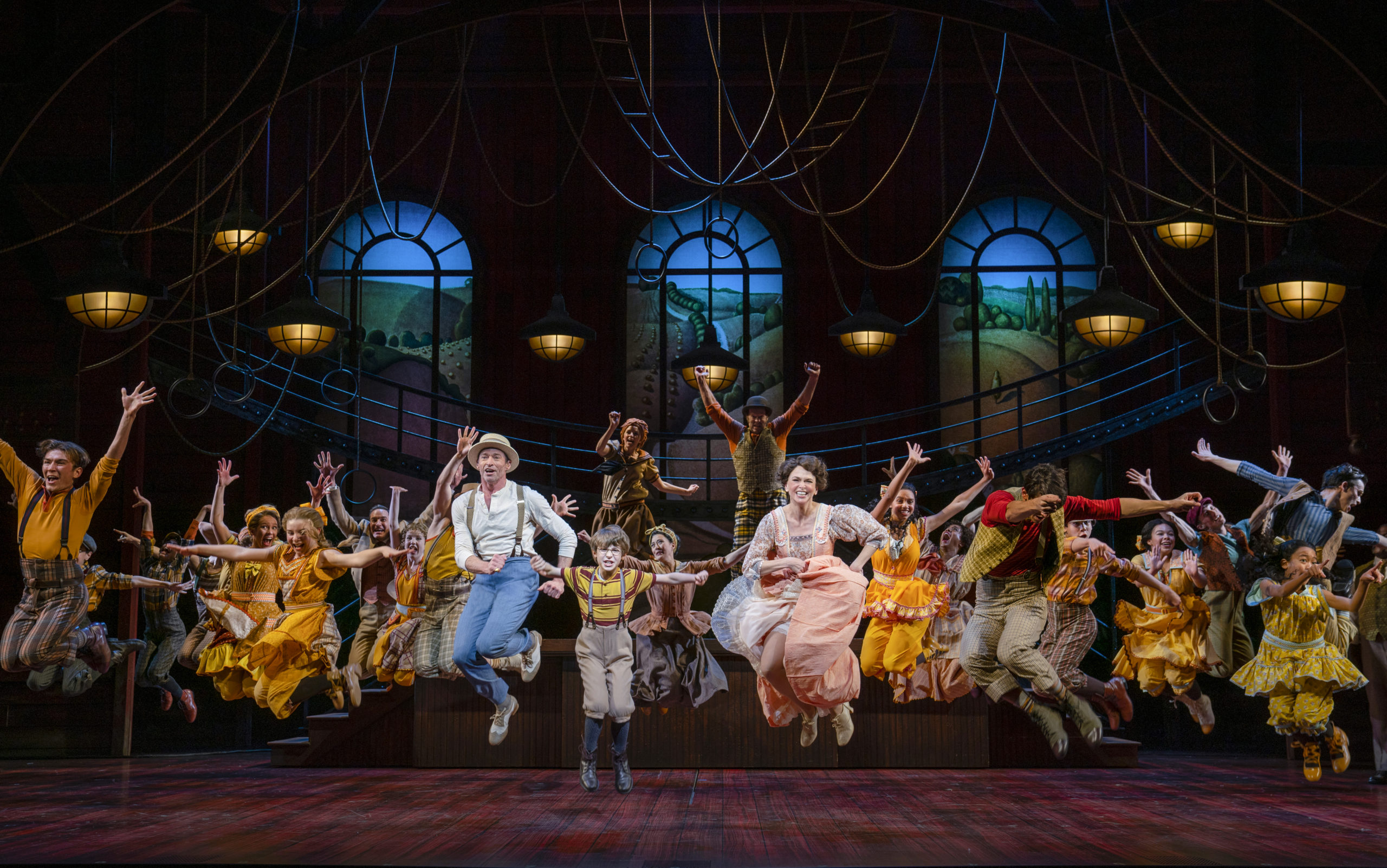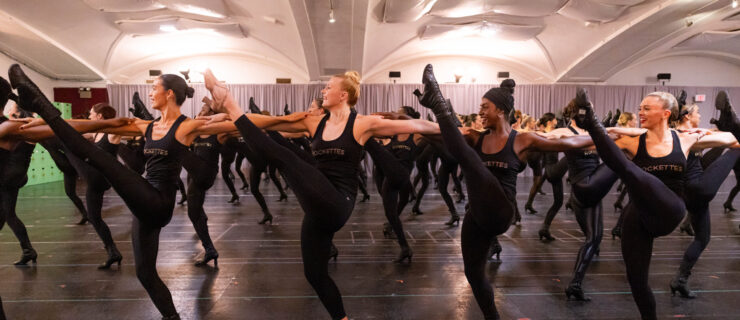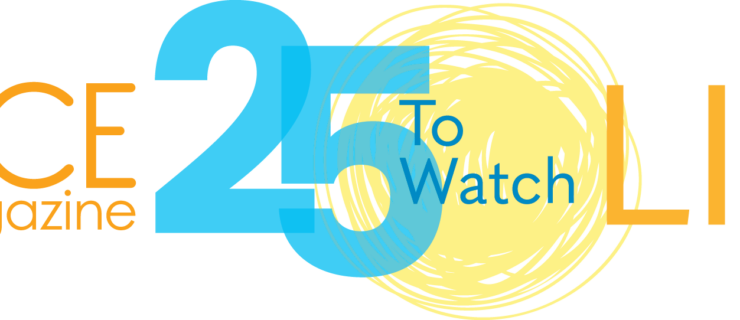What It Took for Warren Carlyle to Teach Hugh Jackman to Tap Dance in The Music Man
Teaching Hugh Jackman how to tap dance was a gift Warren Carlyle never knew he needed in the pandemic. Three mornings a week, the two would get COVID tested, wear masks and practice in a rented studio space that only they held the key to.
“It was a lifeline for me personally because I sat in this apartment for two years, and without those three days I think I would have lost my mind,” the Tony Award–winning choreographer told Dance Magazine over Zoom. They started the dance lessons for Broadway’s latest revival of The Music Man right after the shutdown in March 2020, and kept at it until rehearsals for the show began last fall. Jackman only missed a few weeks, when he was filming the movie The Son.
Jackman, returning to Broadway for the fifth time, stars as the iconic fast-talking salesman swindler Harold Hill opposite Sutton Foster’s Marian Paroo, an uptight librarian who teaches piano lessons in town. The classic musical about organizing a boys’ marching band officially opens February 10 at the Winter Garden Theatre after being delayed nearly a year due to the pandemic.
The extra year gave Jackman more time to perfect his tap dancing for the rapturous finale that typically began every night of previews with a standing ovation for the musical’s two stars. Carlyle hadn’t initially thought to add a big tap number to a show that’s been around since 1957. But knowing Foster’s tapping talent and having an impressive working relationship with Jackman since they shared the stage in Oklahoma! back in 1998 (Carlyle was in the chorus of the West End production in which Jackman played Curly), he was confident the choreography would be a hit.
What bonded you and Hugh Jackman back when you did Oklahoma!?
For the last matinee, we did a gag where he took one of my dance sections in “The Farmer and the Cowman.” He wanted to play a joke on the company and surprise everyone. So for a number of weeks we rehearsed. We went to a studio at the Royal National Theatre, and I taught him my dance with all the split leaps in second, barrel turns and the double pirouette. The company fell on the floor because they couldn’t believe this wonderful actor and singer was now suddenly flying across the stage. He was superb. As we were working together, we fell into a natural rhythm. Over the years it’s still exactly like how it was 25 years ago. We have a very honest relationship. There’s no filter. I never have to mind my tongue around Hugh. I can always say “Not that foot,” or “That looks great,” or “Don’t do that,” or “Yes, do more of that.”
When did you have the conversation of having Hugh tap in the finale of Music Man?
It certainly wasn’t the first idea. When I knew I had the combination of Hugh and Sutton Foster, I wanted to give them a moment together where they could dance just the two of them and let it rip without the constraints of having to stay in character. Marian, who is uptight in nature, is not a character that is open and free and dances easily.
I think it’s in Sutton’s contract for every Broadway show that she must tap in it, ha. How did you approach Hugh about it?
He was like, “Let’s go!” He’s really up to trying anything. He really worked at it. There is no tap track. Those are live mics on those shoes, and he is hitting the floor with every single beat.
Over the years we’ve done a little bit of tap for his arena show The Man. The Music. The Show, and we did some at the Broadhurst for Hugh Jackman: Back on Broadway, but it’s been sporadic at best. This is the most difficult stuff I’ve given him. It’s very, very fast.
What was it like coaching him for this?
We started with the basics. I don’t think I did any choreography for a bit. We did shuffles, flaps and rhythm training. It starts with the cramp roll. The finale has a military feel to it, so I started having him make four sounds: 1-2-3-4 toe-toe-heel-heel. And he did. And we just kept building. I let my feet go and just created. Then, I turned around and said, “Okay, this is what we’re doing.”
Broadway needs some big musical numbers right now. At what part of the process did you decide on extended dance breaks?
We have two beautiful, highly capable stars who can really dance. I started to look at the show through that lens and think of how I can tell the story of their relationship in “Shipoopi.” Harold Hill danced with everybody in the whole room. There’s one person in the room that has yet to speak. And of course it’s Marian. So Harold extends his arm.
“76 Trombones” was more organic than a decision of having a 10-minute dance break. It was more that I wanted Harold Hill to build the sections of an orchestra. I knew I had to start small. So I started with the piccolo—something light. Then I wanted something teenage-like. I went to the clarinets. Then, I needed a contrast in the sound. So I went to a tuba. I gave Zaneeta, who’s under the mayor’s thumb, the cymbal crashes to give her the loudest instrument.
Is your vision that the dancers are dancing out the instruments?
In my mind, so much of the show is faith. If you believe it or can hear it, you can do it. I had in my mind by the button of the number the audience should believe that those kids are holding trombones, piccolos and flutes.
Where did you draw inspiration for choreography throughout the show?
I’m somewhat period-correct. The animal dances of teens—the bear hug and the turkey trot—those kinds of eccentric dances feel ragtime to me. That’s where “Shipoopi” came from. There’s a beautiful set of DVDs called How To Dance Through Time, and there’s a really beautiful troupe of dancers who re-create dances of the ages that I’ve become fond of. For “76 Trombones” I had Jerome Robbins in my head. I wanted it to be resplendent, shiny and bright. The same rhythm that appears in “76” appears in the finale. So I take the drum rhythm and then expand on that theme, which gave me the intro to the finale.
There are so many talented kids in the show.
Poor casting director Bernie Telsey was exhausted and frustrated with me because we were rigorous about the quality of the dancers. I really wanted the show to dance. I really wanted the young adults to dance, too. We did a lot of auditions over a lot of years. Over the pandemic we lost some because they outgrew the parts they were hired for. I’ve looked at the show very differently because there are children in the room. It’s so joyous, so free and so beautiful because you’re seeing it through these 9-year-old eyes. I’m really proud of how hard they’ve worked.




